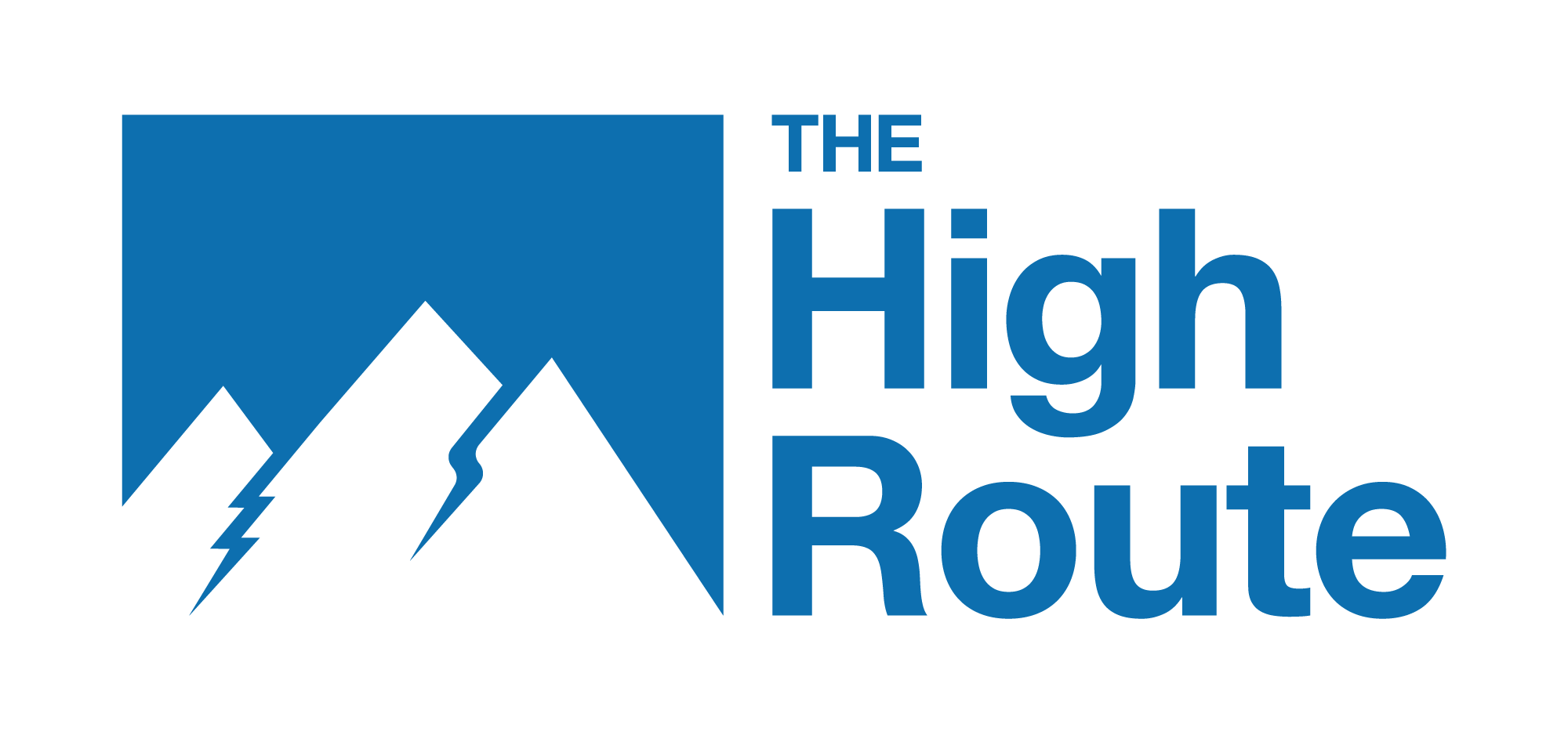Timing the Corn Cycle: Seeking a Better Understanding
Sometimes all the variables align: timing the corn cycle right can make ski touring in spring all that much better.
If snow scientists and avalanche experts are writing about it or discussing it; scroll here to expand your knowledge base.
by Jason Albert | Apr 21, 2025 | Avalanche Department, Snow Science
Sometimes all the variables align: timing the corn cycle right can make ski touring in spring all that much better.
by Patrick Fink | Oct 17, 2024 | Avalanche Department, Snow Science, Tools
When an avalanche victim is critically buried, the presence or absence of snow blocking their nose and mouth has grave implications for survival and for the viability of avalanche safety technologies that prolong survival under the snow. New research examines A new study from the Eurac research group attempts to answer the question: How often is the airway of the critically buried avalanche victim blocked?
by Jason Albert | Oct 12, 2023 | Avalanche Department, Snow Science
Bucking the trend towards simpler is better, the Swiss expand their avalanche danger scale by adding sub-levels.
After five years of internal use and a season of limited public use in 2022-2023, the Swiss Avalanche Warning Service will add sublevels to their avalanche forecast this season. Yes, they are adding complexity, which seems to be bucking the trend. In Europe generally, including Switzerland, forecasters use five discrete levels to define the avalanche danger level.
This season, instead of a straight 1, 2, 3, 4, 5, the danger levels will include 1, 2-, 2=, 2+, 3-, 3=, 3+, and 4-.
by Jason Albert | Oct 11, 2023 | Avalanche Department, Snow Science
A new ATES system, codified as ATES v.2, rates terrain between 0-4, with 0=non-avalanche, 1=simple, 2=challenging, 3=complex, and 4=extreme, respectively.
The introduction of “0”, described as “No known exposure to avalanches. Very low-angle or densely forested slopes located well away from avalanche paths, or designated trails/routes with no exposure to avalanches,” allows for a broader interpretation of the terrain.
by Sam Hennessey | Sep 14, 2023 | Avalanche Department, Mountain Dispatches, Snow Science, The Fact Finding
I was digging a quick hand pit, marveling at the size of the near-surface facets (5 mm!) capped by a crust in the upper snowpack, when Pachi Ibarra stepped off the skintrack with a mischievous smile and gave a quick jump. With a sound like a shotgun blast, the entire slope collapsed. She laughed as I just about fell over backwards trying to get my skis pointed downhill. Nothing moved. Instead, we listened as the collapse extended away, seemingly traveling several kilometers up the glacier.

